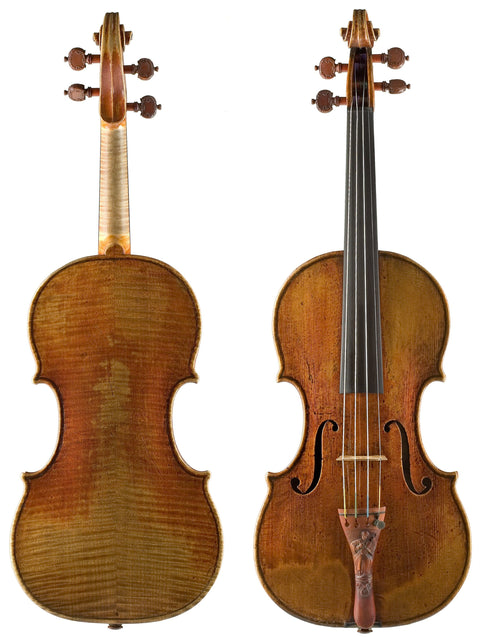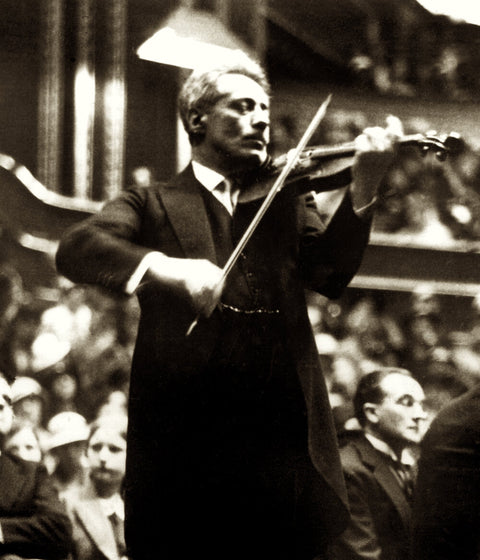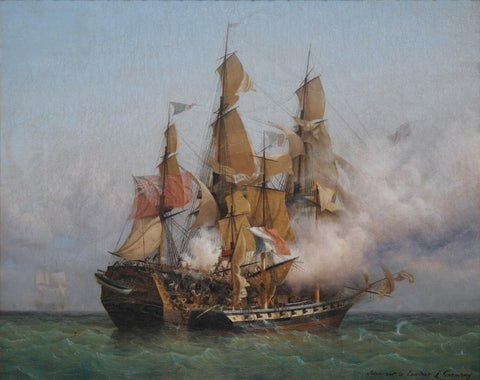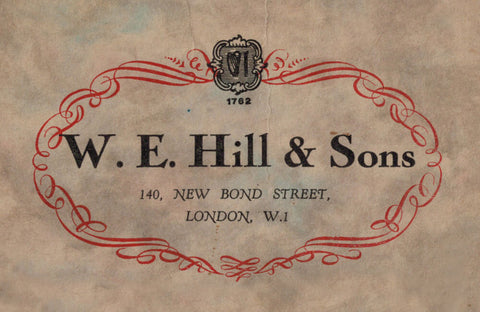The ca. 1730 "Kreisler" Violin by Giuseppe Guarneri, Cremona
Built at the dawn of Giuseppe Guarneri’s ‘Golden Period’, the ‘Kreisler’ violin stands out as one of the finest instruments bearing the ‘del Gesu’ seal. Admired for its brilliant tonality and craftsmanship, the violin is also known for its remarkable journey from Guarneri’s hands to the U.S. Library of Congress, where it sits today.
Almost a century after the violin’s construction, amid the Nepoléonic wars and following General Jean-Andoche Junot’s invasion of Portugal, British privateers attacked and captured one of Junot’s ships on its way from Bordeaux to Lisbon. Seizing his belongings onboard, the sailors found the Guarneri violin, which they took to Whitehaven, England to sell to a vicar for two British pounds.
Cherished by its successive owners, the ‘Kreisler’ appeared in London years later, where renowned violin expert W.E. Hill declared it “to be the finest ‘Guarneri’ he had ever seen.” His son, Alfred E. Hill, “recogniz[ing] it to be one of the few of the first rank,” sold the instrument in 1926 to Austrian violin master Fritz Kreisler, whose name it now bears.
Fritz Kreisler held onto the Guarneri until his retirement, making it his primary concert instrument as he toured from Madison Square Garden to the Los Angeles Philharmonic Auditorium. Having found refuge in the U.S. at the onset of the second World War, Kreisler donated the instrument to the Library of Congress out of gratitude in 1952, preserving it in history for all to admire.




